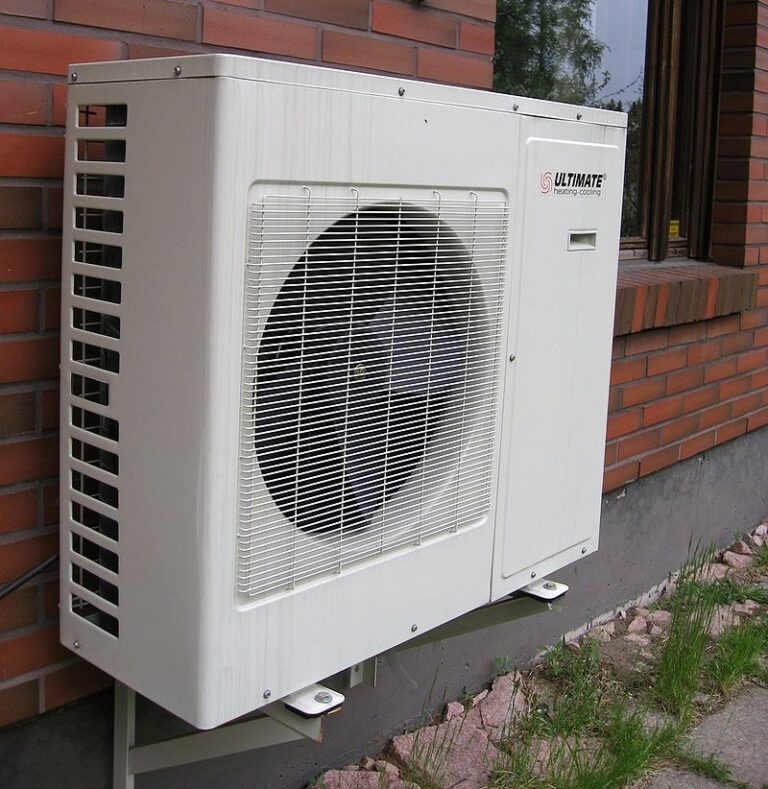Frost & Sullivan says that the future of the worldwide market for heat pump depends on clear policy and supporting regulations, after a slowdown in growth in recent years.
The global heat pump The market is confronted with a delay in the midst of economic and political uncertainty, according to the analysis of Frost & Sullivan.
The consultancy -based consultancy stated in the US that the worldwide market for residential heat pump will probably grow from 7.59 million units in 2024 to 17 million units by 2035, with a turnover of $ 80.42 billion.
However, it said that after a strong momentum, the growth in the heat pump market was previously in both 2023 and 2024 in the decade. It attributed this to a reduction in gas prices, high electricity tax, policy inconsistency, shifting regulations and reduced financing.
Neha Tatikota, industrial analyst at Frost & Sullivan, called the industry delay “with regard to … Clear policy measures and supporting regulations are crucial for revitalizing investments, in particular in Europe, and the strengthening of EU manufacturers through scale benefits. With a strong demand for renewable heating, the correct regulations can stimulate growth, while policy setbacks run the risk of blocking the market. “
The consultancy stated a larger part of the aging households, insufficient insulation, higher installation and capital costs and a shortage of skilled installers and consultants as other factors that limit the growth potential of the market.
To combat these challenges, Frost & Sullivan said that global and local players focus on cost optimization, efficiency improvements and localized production to reduce import costs. Some newcomers in the market also introduce smaller, modular and more affordable heat pumps that are designed for compact living spaces, added the consultancy.
“While smaller manufacturers quickly increase production, they face challenges when reaching the economies of scale that larger players can use, which influences their cost competition capacity and market positioning,” said Frost & Sullivan. “Overcoming these barriers will be crucial to guarantee sustainable growth and broader market adoption.”
It added that service-based models such as heat-as-a-service (hare), subscriptions, leasing and pay-per-use are all grip. They help to reduce the costs in advance by moving costs from capital to operational, while they also serve as access points to electrification of the entire home, including solutions for solar and electric vehicles.
This content is protected by copyright and may not be reused. If you want to work with us and reuse part of our content, please contact: editors@pv-magazine.com.


